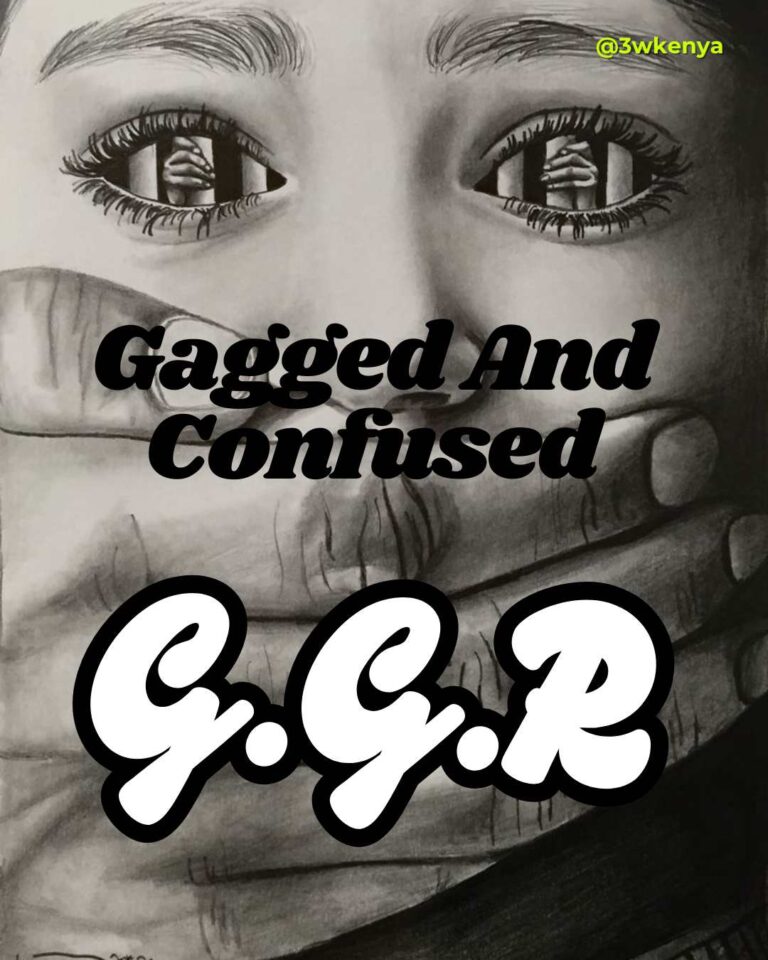Intimate Partner Violence and LBQ women, Demystifying myths.
The impression that Intimate partner violence (IPV) only occurs in heterosexual relationships where the man is stereo-typically the aggressor is a false and dated idea. Lesbian women can, in fact, be perpetrators and victims of this form of violence.
Why would a lesbian batter another woman?
Lesbians who abuse other women may do so for reasons similar to those that motivate heterosexual male batterers. Lesbians abuse their partners to gain and maintain control motivated by the need to avoid feelings of loss and abandonment. Therefore, many violent incidents occur during threatened separations.
Four myths about intimate partner violence in lesbian relationships
As is a basic tenet of intersectionality, oppression affects people of intersecting identities differently and as such, women in same-gender relationships experience multiple layers of oppression, and therefore experience intimate partner violence in unique ways
#1 Myth: Women have equal power in a relationship, so the violence must be mutual.Many people believe that because women are supposed to be caring and nurturing, they don’t behave violently in relationships, and that since they may be of relatively equal size and strength, there should be no way that one woman can truly dominate and abuse another woman.Fact: Physical violence and threats do occur in lesbian relationships, despite the fact that many like to believe that women are incapable of it. According to a CDC report 17-45% of lesbians have reported being a victim of at least one act of physical violence at the hands of a lesbian partner, and up to 50% of lesbians have reported some type of sexual abuse. In a survey of over 1,100 lesbians, slightly more than half reported being abused by a lesbian partner at some point in her lifetime.
#2 Myth: Sexual abuse doesn’t occur in lesbian relationships.Society has a hard time accepting that sexual abuse is anything other than violent, forced penetration (usually in this case, penis-in-vagina penetration is implied), so it’s not surprising that people don’t believe sexual abuse doesn’t occur in lesbian relationships. But the truth is that sexual abuse includes much more than this limited definition.Fact: Coercion plays a huge role in sexual abuse, as does the threat of violence. Sexual degradation can systematically tear down someone’s sexual self-esteem and can lead a person to submit to sex, or sex they find painful or humiliating, just to get their partner to leave them alone. it’s also important to note that forced sex can (and does) occur in lesbian relationships. A woman can overpower another woman, it does happen.
#3 Myth: Lesbians and heterosexual women have the same challenges when leaving an abusive relationship Fact: Lesbians have unique challenges to leaving abusive relationships that heterosexual women do not face. Homophobia (in conjunction with heterosexism), for example, is a major societal barrier that doesn’t impact heterosexual women, but frequently prevents lesbians from seeking help. Further complicating things, some lesbians might struggle greatly with internalized homophobia. Abusive lesbians can use (both social and internalized) homophobia to their advantage when trying to control and maintain power over their partner. In some countries where homosexuality is a crime they can threaten to “out” their partner to the authorities and have them prosecuted for engaging in homosexuality or at their workplace, effectively jeopardizing their employment. For lesbians with children, the threat may be to “out” them to their child’s father, setting in motion the terrifying thought of losing custody of their children since the court system is just as likely to be critical of her sexual orientation. This is compacted by the fact that many abusers use isolation as a tactic to keep their partners from having access to reach out to loved ones.
#4 Myth: The abuser is always ‘the stud.’ Fact: A stud is not always present in lesbian relationships as gender based roles do not apply and second, there is no inherent link between masculine women and violent behavior. If there were, then we would expect every masculine being to be violent.



